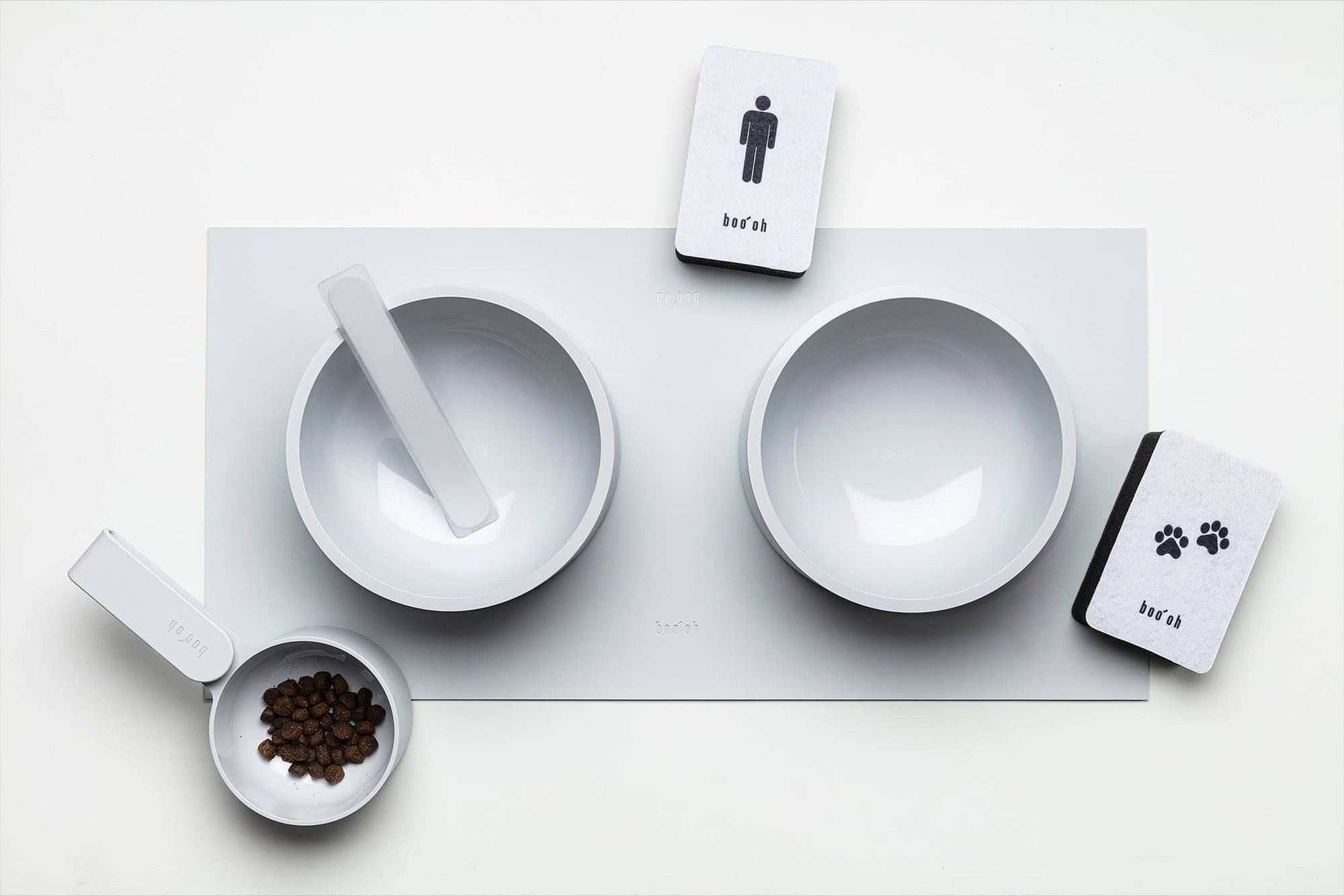The mealtime of your pet is more than just a means to satisfy their appetite. It also provides nourishment and comfort. You want to make sure that your dog’s food time is pleasant and nutritious. This is where slow-feeder dog bowls can be found, providing a wholesome way to eat that is enjoyable and beneficial to your pet’s overall health.

Understanding Slow Feeder Dog Bowls
Slow feeder dog bowls are designed to lessen the appetite of your dog. This unique bowl’s design features mazes, or obstacles, that force your dog to exert more effort in order to reach their food. They are made to prevent your dog from eating too quickly.
Slow Feeder Dog Bowls: Benefits and Uses
Slow feeder dog dishes prevent your dog from eating too quickly. Rapid eating can lead to stomach issues and excess food intake and is a common problem among dogs, especially larger breeds.
Inspires mental stimulation The mazes and patterns in the bowl engage your dog’s mind, offering the opportunity for a challenging meal. This type of mental stimulation can to reduce boredom and stress and improve overall wellbeing.
aids digestion Slower eating helps digestion by allowing food to be chewed thoroughly which aids in the absorption of nutrients, and decreasing the chance of vomiting or choking.
Weight Management: Slower feeder bowls assist in managing the dog’s weight by slowing down his pace of eating and promoting a sense of fullness. They also reduce the temptation to overeat which could lead to weight increasing.
Reduces the risk of bloating: Rapid eating can result in drinking air, which can cause stomach discomfort and bloating. Slower bowls for food reduce this risk by promoting slower and more controlled eating.
Finding the right slow feeder for Dog Bowls
When selecting a slow feeder dog bowl, consider your dog’s size, eating habits, and specific needs. If you have a dog that is smaller, choose bowls with shallower mazes. For larger dogs, bigger mazes can provide more challenge.
Think about the material used to create the bowl. Slow feeder bowls for dogs are easy to clean and ensure that your dog is clean and safe dining experience.
Slow Feeder Dog Bowl: How to Introduce Your Dog
The transition of your dog’s food to feeding at a slower pace may require patience and time. Here are some suggestions to help your dog adapt:
The first step is to place your dog’s favourite treats or kibbles in the bowl of a slow feeder and allow them to play and discover how to access the food.
Gradual Transition: Initially, mix your dog’s regular food into the bowl for slow feeding to help them transition. Increase the amount of food slowly into the bowl.
Positive Reinforcement: Applaud your dog’s progress by giving praise, positive reinforcement and treats when they manage to get through the slow bowl of food.
Monitor Progress: Pay attention to your dog’s comfort and level of progress. You may want to consider changing the difficulty of the bowl, or reverse the transition in case your dog seems upset or stressed.
Integrating Slow Feeder Dog Bowls into your routine
After your dog has become used to the slow food bowls, you are able to establish them as a permanent part of their daily food schedule. Watch their eating habits and the positive impacts on digestion and their overall well-being.
In Conclusion
It is essential to give your dog the tools and environment necessary to enjoy a balanced, healthy dinner. Slow feeder dog dishes can encourage your dog to eat more, reduce overeating and keep their minds active.
Making the investment in a slow-feeder dog bowl is a way to invest in your dog’s overall health and happiness. Take the time to choose the appropriate bowl for your pet, start slowly, and observe the improvement of your dog’s eating experience. Slow down and enjoy the moment. Slowly feeding your dog’s bowl will enhance your dog’s mealtime routine.